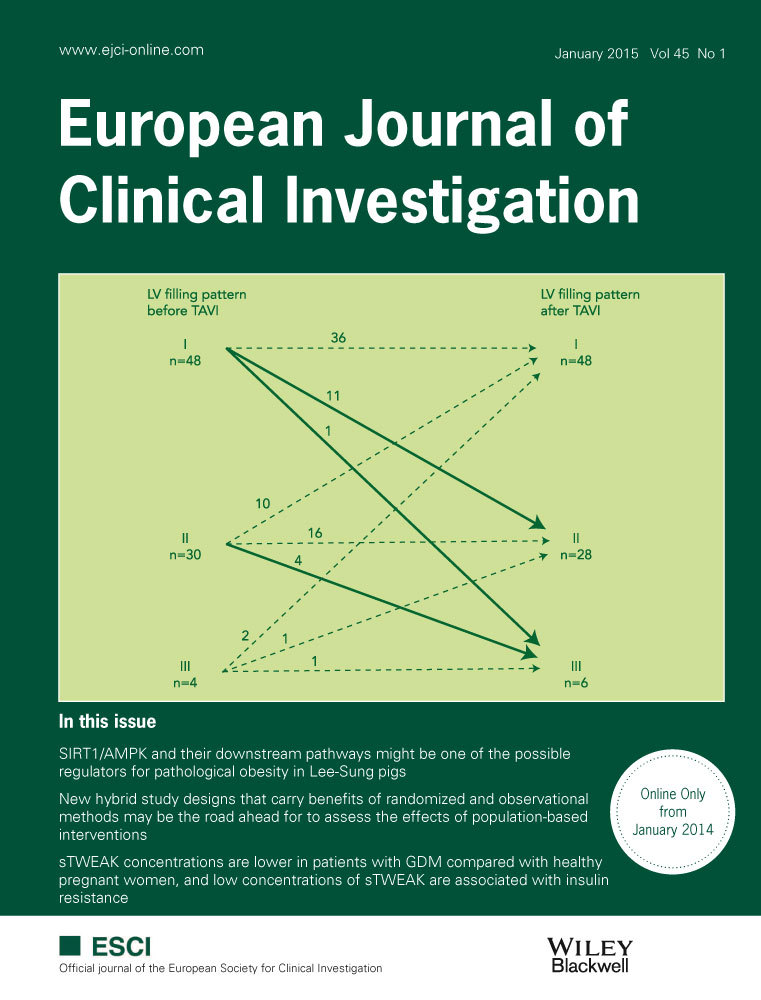Bed rest does not induce hypercoagulability
Abstract
Background
Although there is no direct evidence, it is generally believed that bed rest shifts the haemostatic system towards hypercoagulability; thus, immobilized patients are commonly treated with anticoagulants. We therefore aimed to investigate whether long-term bed rest actually leads to an elevated risk for thromboembolic events.
Materials and methods
Eleven healthy men were enrolled in our study (bed rest campaign in MEDES Clinique d'Investigation, Toulouse, France). Besides various standard laboratory methods, we used calibrated automated thrombography (CAT) and thrombelastometry (TEM). Activation of samples with minute amounts of relipidated tissue factor allowed sensitive detection of hyper- or hypocoagulable states.
Results
CAT and TEM values were not indicative of bed rest-induced hypercoagulability. On the contrary, several parameters were indicative of a tendency towards a hypocoagulable state. Peak and thrombin formation velocity (VELINDEX) were significantly decreased during bed rest compared to baseline. Coagulation times were significantly increased and alpha angles were significantly decreased, indicating attenuated clot formation. Moreover, F1 + 2 and thrombin/antithrombin complex (TAT) values were significantly decreased during bed rest, indicating suppressed coagulation activation. FVII plasma levels were also significantly decreased during the first week of bed rest.
Conclusions
Our data indicate that the re-ambulation period is associated with a tendency towards hypercoagulability: ttPeak and StartTail were significantly shorter, Peak and VELINDEX were significantly higher compared to baseline. Moreover, plasma levels of F1 + 2, TAT, FVII and FVIII were significantly higher compared to baseline. The results from our study suggest that bed rest by itself is not associated with hypercoagulable states in healthy subjects.




